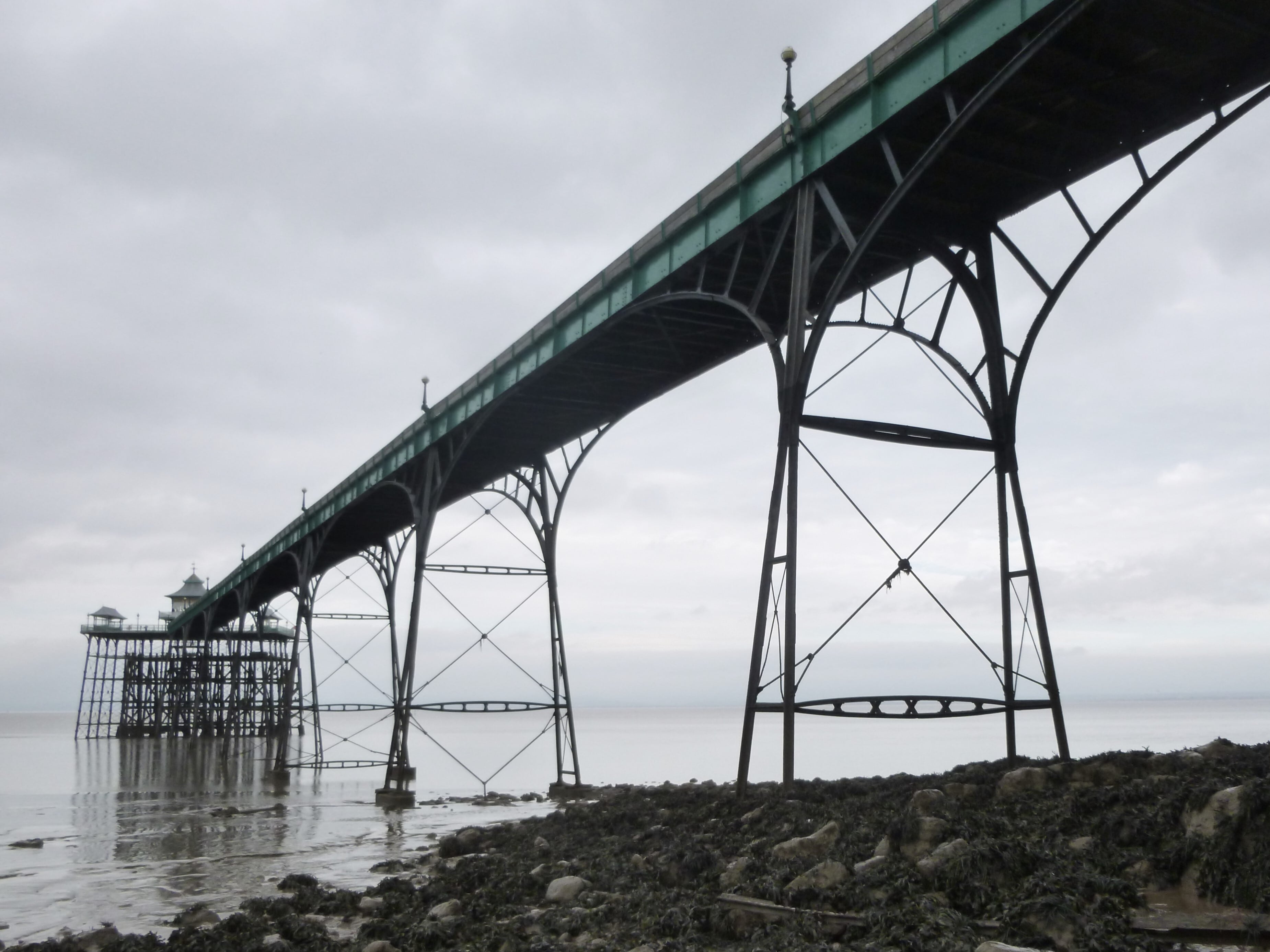
How Civil and Structural Engineers Help Conservation of Maritime Heritage
Maritime heritage encompasses waterfronts, docks, piers, ships, and other civil structures. It is integral to many countries’ cultural and historical identity, a prevailing symbol of their seafaring past and naval prowess.
The effective long-term conservation of these structures requires the expertise of civil and structural engineers, whose distinct knowledge and experience are put into action when preserving them for future generations.
The work of civil and structural engineers within maritime heritage covers several key aspects, such as:
Structural Analysis
The first step in the conservation process involves conducting comprehensive structural assessments. Using advanced non-destructive methods, such as laser scanning, ultrasonic testing or ground-penetrating radar, engineers can evaluate the condition of maritime structures to gain invaluable insight into the integrity and strength of the materials without the risk of causing damage. Using this data, engineers can carry out structural modelling and analysis, the results of which form the basis for the conservation effort, ensuring that interventions are necessary, measured, and effective.
Repair And Rehabilitation
Equipped with data obtained from structural analysis, engineers can embark on the delicate task of repairing or replacing compromised structural elements, such as beams, walls, or foundations, following the principle of minimum intervention. Engineers employ various methods to strengthen existing structures, ensuring they can withstand current and future challenges without compromising their historical integrity.
Material Conservation
A significant part of maritime heritage conservation is preserving historic building materials. Civil and structural engineers employ a meticulous approach to repair damaged elements while maintaining the original character of the structure. This delicate balance between restoration and preservation is crucial in retaining the authenticity of maritime heritage sites.
Environmental Considerations
With the importance of sustainability increasing rapidly, it is essential for engineers to apply environmentally friendly practices to their restoration projects. However, it is also crucial that historical structures are adapted to withstand the challenges posed by climate change, such as rising sea levels and the increased frequency and intensity of storms. By doing so, engineers preserve the past and ensure these maritime structures are resilient enough to endure future environmental challenges.
Clevedon Pier: A Case Study
Clevedon Pier, an iconic Victorian structure opened in 1869 hailed by Sir John Betjeman as ‘the most beautiful pier in England’, was designated a Grade I listed building in 2001 and is a prime example of our complex maritime restoration work. After a partial collapse in the 1970s, its restoration became a priority to return the structure to its original condition and safeguard it for future generations. When carrying out restoration and structural repairs, we ensured that work was carried out sympathetically to conserve the structure’s features and historical charm while delivering a safe and long-lasting solution that will protect the pier’s future at a time of considerable environmental change.
Find out more
To discover how we can support your maritime heritage conservation project, please contact Adam Magrill at amagrill@fentonholloway.com.

/Adam%20Magrill%20-%20Civil%20Structures%20-%20Long.webp)
.png?width=365&height=215&name=Brochure%20CTA%20(1).png)